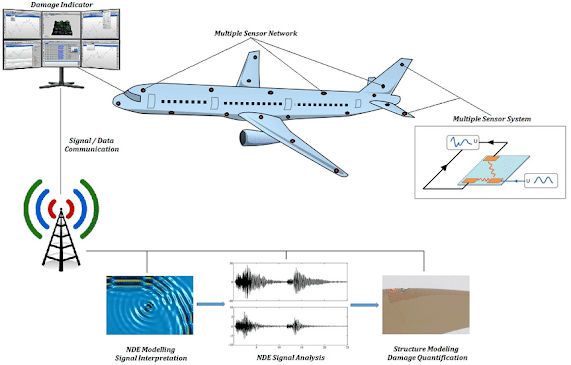UAV Parachutes: Huge Demand and Overview
UAV (Unmanned Aerial Vehicle) parachutes are safety devices designed to provide a controlled descent and landing for unmanned aircraft in emergency situations. In this comprehensive overview, we will explore the key aspects of UAV parachutes, including their purpose, working principles, deployment mechanisms, design considerations, applications, and emerging trends.
Get a Free Research PDF:
https://stevecarell600.livepositively.com/uav-parachutes-overview-and-huge-demand/new=1
The primary purpose of UAV parachutes is to ensure the safe recovery of unmanned aircraft in the event of a malfunction or loss of control. These parachutes are specifically designed to slow down the descent of the UAV and provide a gentle landing, minimizing the risk of damage to the aircraft and surrounding structures or people. By deploying a parachute, the UAV's descent rate is reduced, allowing for a controlled and safe recovery.
Major Key Companies Covered in UAV (Unmanned Aerial Vehicle) Industry are:
- Fruity Chutes
- Mars Parachutes
- RIP'AIR
- ParaZero
- DRONE RESCUE SYSTEMS
- Mills Manufacturing
UAV parachutes work based on the principles of aerodynamics and drag. When a parachute is deployed, it creates a large surface area that experiences air resistance. This creates drag, which counters the force of gravity and slows down the descent of the UAV. Parachutes are typically designed with a specific shape and construction to optimize their aerodynamic performance and provide a stable descent.
The deployment mechanism of UAV parachutes is an important aspect to consider. Parachutes can be deployed manually by the operator or automatically through onboard sensors or flight control systems. Automatic deployment systems are often preferred as they can quickly respond to emergency situations, ensuring timely parachute deployment even if the operator is unable to intervene. These systems can be triggered by various parameters such as loss of control, excessive descent rate, or abnormal flight behavior.
Design considerations for UAV parachutes include factors such as size, weight, material selection, and deployment reliability. The size and weight of the parachute should be carefully determined to ensure compatibility with the UAV's payload capacity and flight characteristics. The choice of materials is crucial to achieve the desired strength, durability, and flexibility. Common materials used for UAV parachutes include nylon, Kevlar, and high-strength synthetic fibers. Reliability is a critical factor, as the parachute must function as intended in emergency situations. Rigorous testing and quality control processes are essential to ensure the deployment mechanism operates reliably and the parachute functions correctly.
UAV parachutes find applications in a wide range of industries and scenarios. They are commonly used in commercial drone operations, providing an added layer of safety and protection in case of equipment failure or loss of control. Parachutes are also utilized in military and defense applications, where they enable the safe recovery of drones used for surveillance, reconnaissance, or other missions. Furthermore, UAV parachutes are employed in scientific research, aerial photography, search and rescue operations, and even recreational drone flying.
In recent years, there have been notable advancements and emerging trends in UAV parachute technology. One trend is the development of lightweight and compact parachute systems that minimize the added weight and size of the parachute on the UAV. This allows for increased payload capacity and flight efficiency. Another trend is the integration of advanced sensors and algorithms in the parachute deployment mechanism. These sensors can detect abnormal flight conditions or system failures and autonomously trigger the parachute deployment, enhancing safety and reducing the reliance on human intervention. Additionally, there is ongoing research in the field of advanced materials and parachute design, aiming to improve the aerodynamic performance, stability, and reliability of UAV parachutes.
In conclusion, UAV parachutes are crucial safety devices that ensure the controlled descent and landing of unmanned aircraft in emergency situations. They work based on the principles of aerodynamics and drag, slowing down the descent rate of the UAV. Deployment mechanisms can be manual or automatic, with the latter being preferred for quick and reliable response. Design considerations include size, weight, materials, and deployment reliability. UAV parachutes find applications in various industries and scenarios, providing an added layer of safety and protection. Emerging trends focus on lightweight and compact systems, advanced sensors, and materials to enhance performance and reliability. As the UAV industry continues to grow, UAV parachutes will play an increasingly important role in ensuring safe and responsible drone operations.




Comments
Post a Comment